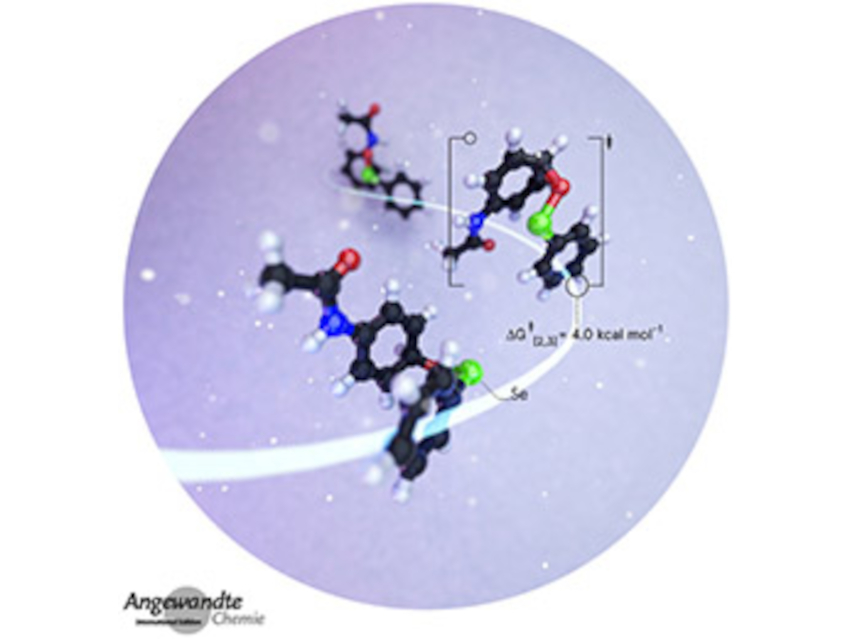In this issue, A. Kajetanowicz and K. Grela review nitro and other electron withdrawing group activated ruthenium catalysts for olefin metatheses reactions, and T. Weil et al. summarize current approaches for site-selective dual functionalizations of proteins. The Minireviews deal with the similarities of α,β-unsaturated iminiums and acylazoliums in organocatalysis (A. Ghosh, A. T. Biju) and dynamic polymer networks for sustainable advanced soft machines (C. Wan et al.). In a Correspondence, F.-D. Kopinke compares removal of perfluorinated contaminants by adsorption on all-silica zeolite beta with activated carbon as an adsorbent, and J. Vercammen and D. De Vos reply.
In the original research section, N. Maulide et al. describe the redox-neutral selenium-catalyzed isomerization of para-hydroxamic acids into para-aminophenols (see picture). E. V. Anslyn et al. present a colorimetric method for quantifying cis and trans alkenes by using an indicator displacement assay. M. Thuo et al. achieved tunable hydrophobicity via dimensionally confined polymerization of organometallic adducts. S. Loesgen et al. report the discovery and biosynthesis of a structurally dynamic antibacterial diterpenoid.
- Angewandte Chemie 25/2021: Dynamic Networks,
Angew. Chem. Int. Ed. 2020, 60 (25).


